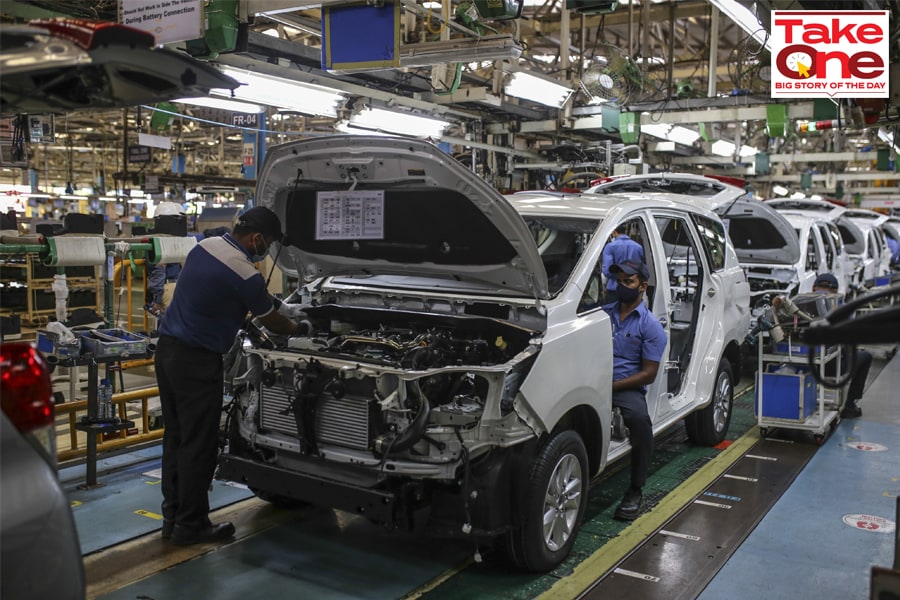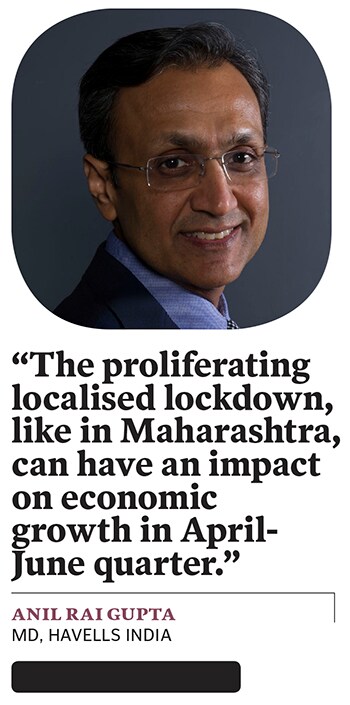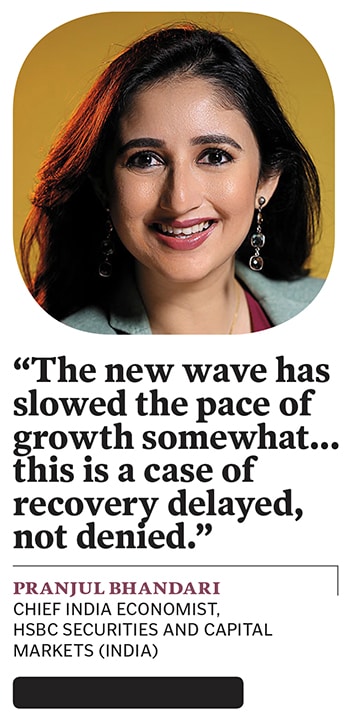
As Covid-19 cases rise to record levels, India is staring at serious economic uncertainty
Business leaders from sectors ranging from automobiles and FMCG to hospitality and finance weigh in on why the second surge in coronavirus cases is a cause for concern, and what it will take for the economy to bounce back

Even as localised lockdowns and the second Covid-19 surge might impact economic growth prospects, business leaders are applying lessons learnt from last year to be better prepared this time around
Credits: Dhiraj Singh/Bloomberg via Getty Images
It has gone south in a matter of just a few weeks. And it could go down even further.
In early February this year, India’s Covid-19 situation was the case of envy for many. The country had brought down its daily cases to less than 10,000 cases a day, from about 97,000 cases in September last year. Considering the large swathes of population, the dip in numbers was an exceptional achievement, and came amidst the rollout of the world’s largest Covid-19 vaccination program.
The International Monetary Fund (IMF) revised its growth forecast for Indian economy to 11.5 percent in 2021, making it the only major economy expected to register a double-digit growth amidst the pandemic. Finally, after months of restrictions and uneasiness, life was finally limping back to normalcy. But eight weeks since then, and over a year since the country into a nationwide lockdown to curb the country’s Covid-19 cases, that had scourged the country’s economy and put its healthcare sector in disarray, a second wave has fast come to Indian shores.
And this time around, it is worse than the past one. On April 5, Covid-19 cases in the country crossed 100,000 cases for the first time, with Maharashtra alone accounting for half of those cases. Much of the rapid rise in cases, this time around, is also attributed to newer mutations of the original virus. While mutations are quite common, the Indian double variant has been categorised as a variant of concern” (VOC) and is now being closely monitored.










